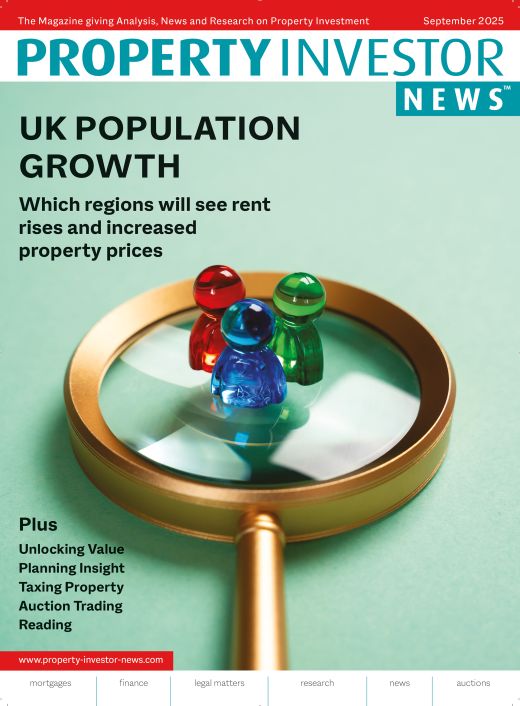It is almost impossible to watch the UK news on any given day and not see a story about immigration. To be more specific, illegal immigration, accompanied with the usual ‘triggering’ words like small boats, refugees, asylum seekers etc.
Unless you are lucky enough to be included in the 1% of Brits that own 70% of the land in the country, it is likely that you think that the UK is overcrowded – there are too many people, too much traffic, the trains and tubes are too crowded, and so are the hospitals. This is especially true in Greater London, which has a population density of almost 15,000 people per square mile. If you are reading this in Northumberland, you would need to increase the population in your county almost 80-fold to get the same effect. It would be great for property prices, but not so great for your stress levels.
However, when looking at the hard data, the amount of attention given to small boat arrivals by the mainstream media does seem rather out of proportion. For example, according to The Migration Observatory at the University of Oxford, in 2024 there were around 36,000 arrivals by small boats, compared to net immigration of 431,000, so small boats only accounted for around 8% of net immigration. It is also worth noting that in the previous two years (under the Conservative government) net immigration to the UK was much higher at 873,000 (2022) and 860,000 (2023), so small boats only contributed around 4% to net immigration in those years.
When looking at a graph of annual net immigration, it appears to have ‘fallen off of a cliff’ last year, so why did the Office for National Statistics (ONS) announce at the end of June this year that it has increased its 10-year population growth forecast between mid-2022 and mid-2032 by 60%, compared to its last 10-year growth forecast in 2018?
Fiona Bruce, senior analyst at Nexus Analytics & Research, says: “There is a key difference in the methodology underpinning how the new 2022-based results are calculated from how the previous 2018-based results were calculated. As part of the new release, the ONS advises using the migration category variant projection instead of the principal projection, which was used previously, as the former is likely to better reflect short-term population change. Whereas the 2022-based results forecast a growth of 6.4% between 2022 and 2032, the previous 2018-based results forecast only 4.0% growth over the same time.”
This equates to another 3.7m people living in England seven years from now and the ONS estimate change was likely heavily influenced by the huge net immigration to the UK during the last two full years of the Conservative government.




















